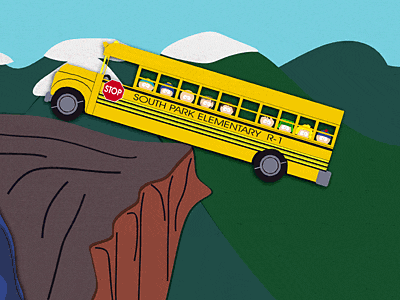An article titled “The OPEC of Maple Syrup” in this week’s issue of The Economist embodies a number of the concepts I teach undergraduates in intermediate micro. First, the setup:
Tourists flock to Quebec each autumn to see its forests turn bright colors. The beautiful foliage, however, conceals a dark secret: the province’s tree-tappers are ripping off pancake-lovers. The Federation of Quebec Maple Syrup Producers (FPAQ) tries to control the price of its product much as OPEC does that of oil. Its members–and all syrup producers in the province must join or risk having their output seized by FPAQ’s enforcers–are subject to quotas. Any excess syrup is put into FPAQ’s stockpile, and producers only get paid for it when it is sold, often years later. The intention is to keep prices high and stable by limiting supply.
If you restrict the supply, you increase the market price by moving along the demand curve–assuming demand itself remains unchanged–and this effectively imposes a price floor. It is not clear, however, how well one can just target a price and get to that price by imposing a quota.
Unfortunately, messing with markets is like playing with fire; sooner or later, you get burned:
[I]n a bittersweet echo of the oil price run-up of recent years, high prices have encouraged the development of new supplies. America’s maple-syrup harvest grew from 21m pounds (7.2m liters) in 2012 to 35m in 2014. The state of New York alone has more maple trees than all of Quebec, although few of them are tapped. America out-produced Canada until the 1930s; it could do so again.
And as the article notes, it’s not like there aren’t any substitutes for maple syrup, so the price elasticity of demand is not as low as the producers would like it to be. That is, no matter how much maple syrup may taste better than cheaper, corn-based alternatives–what we refer to in Quebec sarcastically as “telephone pole syrup”–there comes a point where the lower price of cheap substitutes is just about enough to make consumers willing to sacrifice a bit of taste.
Worse, the current high prices, when combined with low costs of production, mean that profits are extra-normal, which incentivizes new players to join the market, which no amount of dumping or predatory pricing will likely deter. The article concludes that
[p]roduction is outpacing what the Federation can sell. Its “strategic reserve” has swollen to 25m liters of syrup–almost a year’s worth of sales. As America’s output grows, the organisation will have to cut its members’ quotas, stockpile ever more of Quebec’s harvest, or allow prices to fall. The first two options would cede market share to America while keeping prices helpfully high for rivals. But mimicking Saudi Arabia’s current strategy, of allowing oil prices to fall to drive higher-cost producers out of business, might not work for FPAQ either. The operating costs of maple plantations are very low, so the American upstarts would be unlikely to close shop.
A sticky situation indeed, but yet another example of Mancur Olson’s logic of collective action, wherein a small, well-organized group can better rally to speak with one voice and rent-seek than larger, less organized groups (think “US sugar lobby“). This is especially true when the costs are diffuse and spread out over many consumers whose budget share of food is impacted infinitesimally by changes in the price of the commodity whose price is being kept artificially high, as with maple syrup (I suspect few people spend more than 1% of their food budget on maple syrup…)
